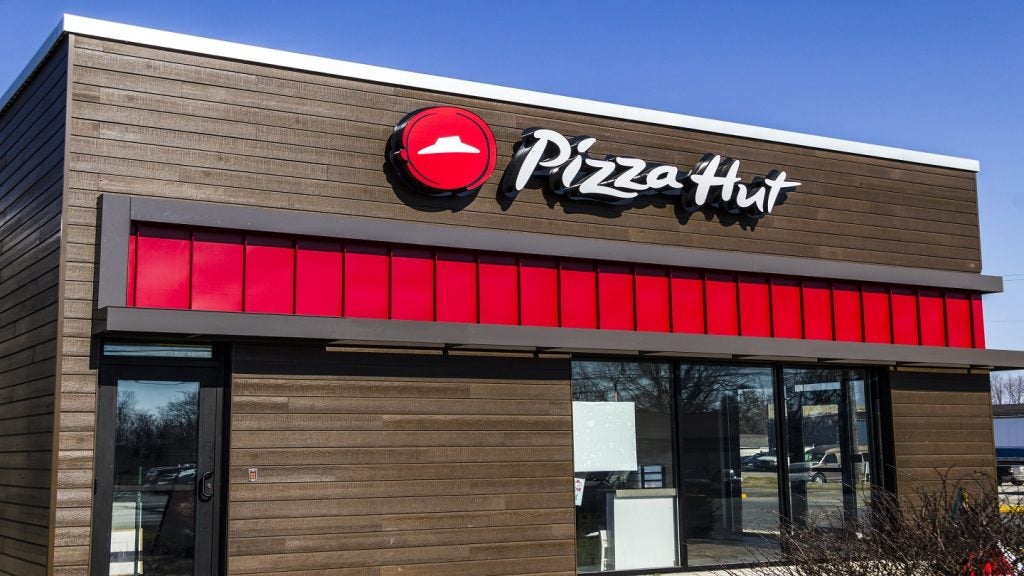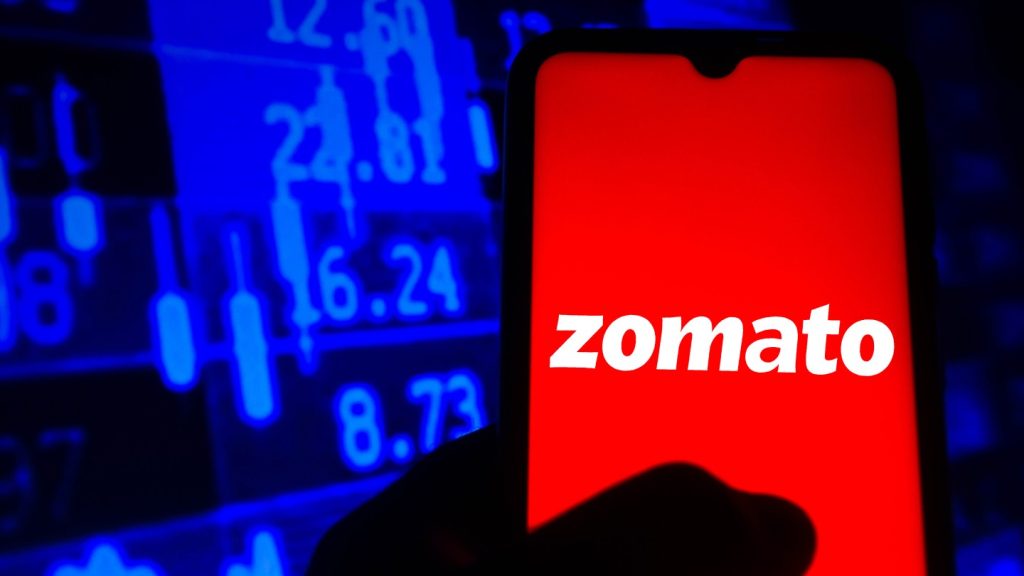Fast food restaurant company Yum China Holdings has opened a cold chain logistics centre in Nanning, Guangxi, powered by renewable energy.
The launch is part of the company’s plan to reduce its greenhouse gas (GHG) emissions.
In a statement, the company said: “This milestone complements Yum China's ongoing renewable energy transition efforts in its restaurants and supporting facilities.
“By the end of 2023, Yum China is estimated to have a total annual green power consumption of about ten million kilowatt-hours, encompassing logistics centres and restaurants within the company's operational control.
“Roughly 70 stores in Zhejiang, Anhui and Shanxi provinces are expected to complete a full transition to green energy in the fourth quarter of 2023. Utilising a diverse range of green power trading models, Yum China is accelerating renewable energy adoption across its restaurants nationwide.”
According to the company, its Nanning logistics centre is the country's first cold chain logistics centre to be powered by green electricity.
This achievement also aligns with the company's objective to achieve net-zero value chain GHG emissions by 2050.
The company also intends to install distributed photovoltaics (DPV) to generate its own clean electricity. It will also make green power purchases to meet the increasing demands of renewable energy.
By 2025, all the company’s new logistics centres are expected to use solar power generated from rooftop DPVs.
It added that plans are underway to install DPVs at its Nanning (Guangxi) logistics centre and the upcoming Nanxiang (Shanghai) logistics centre. It also plans to boost its energy storage capacity to optimise utilisation.
Yum China CEO Joey Wat said: “The inauguration of our fully green-powered logistics centre in Nanning marks a significant milestone in Yum China's sustainability journey.
“It's a meaningful achievement that emphasises our responsibility to our planet and showcases what's possible for the future of our industry.”
The company also focused on low-carbon transformation by launching a distributed photovoltaic and virtual green power purchase alliance with 40 key suppliers in May this year.















